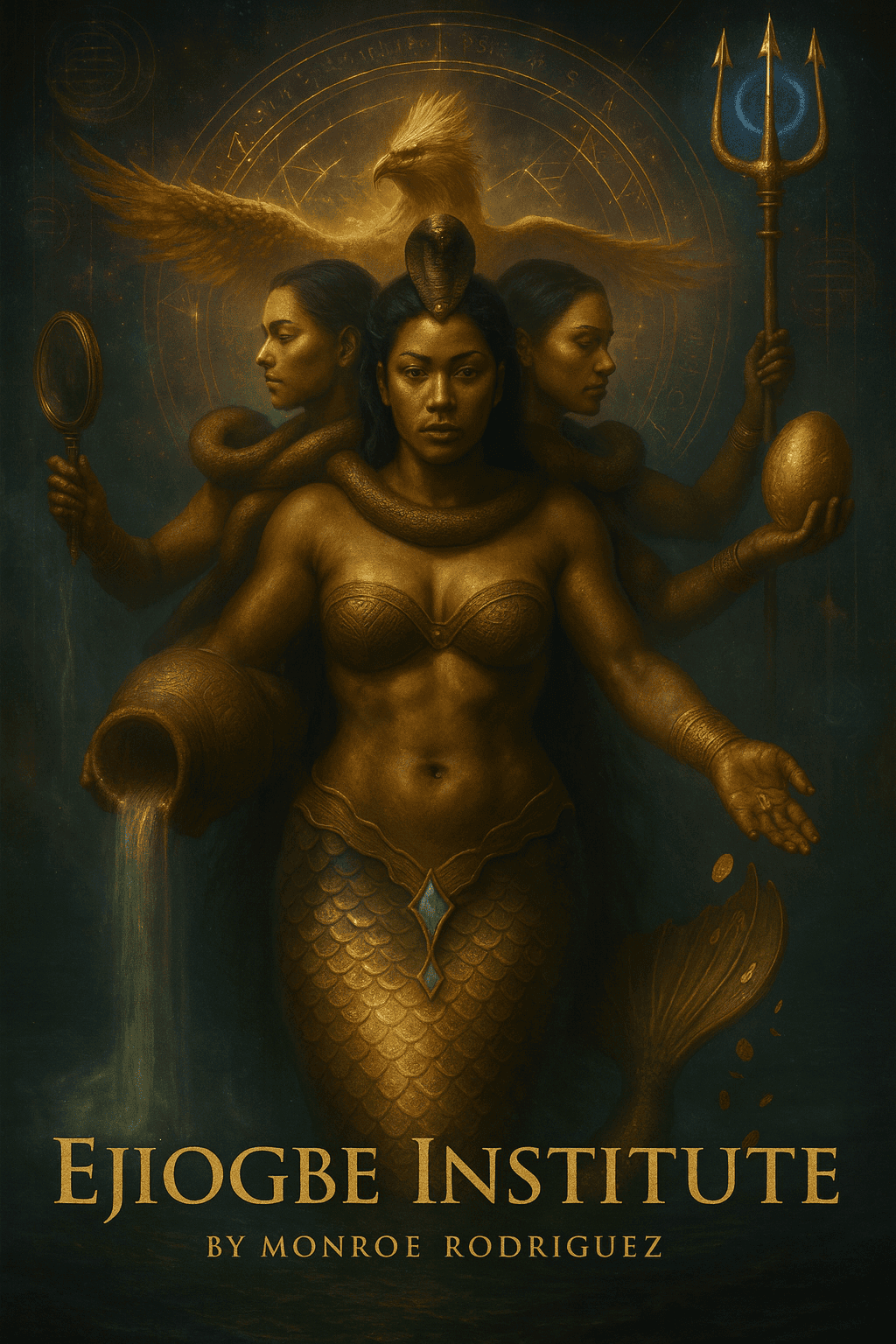
7 Mistakes You're Making with Oral Tradition Preservation (and How to Fix Them)
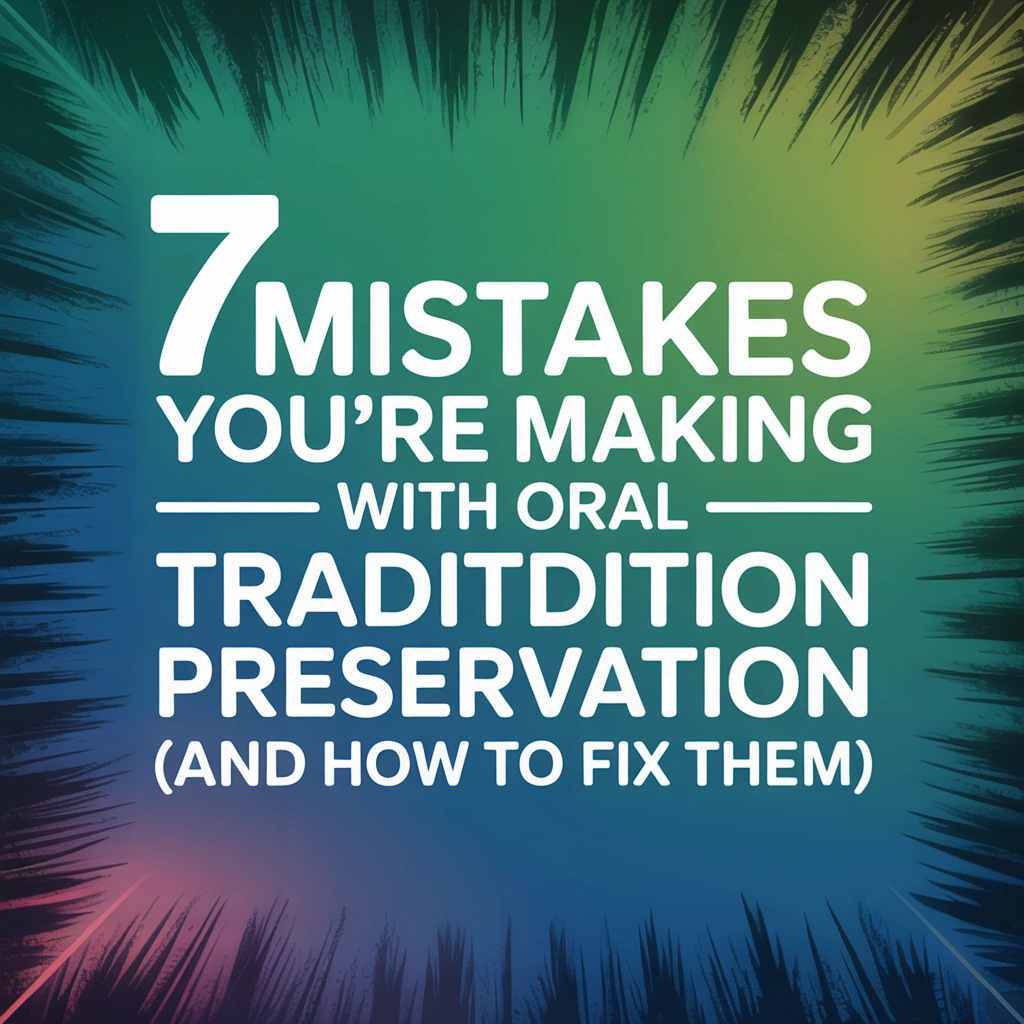
Our ancestral voices carry wisdom that spans generations, yet many well-intentioned preservation efforts inadvertently silence the very traditions they seek to protect. When we approach oral traditions with the same mindset used for written documentation, we miss the living, breathing essence that makes these cultural treasures thrive across centuries.
Understanding these common mistakes: and learning how to avoid them: empowers us to become true guardians of our heritage, ensuring that the voices of our elders continue to guide and inspire future generations.
Mistake 1: Treating All Oral Traditions as Identical
We often assume that preserving oral traditions follows a one-size-fits-all approach, but this perspective overlooks the unique characteristics that make each tradition vulnerable in different ways. Narratives like family histories and creation stories face the challenge of memory drift and gradual loss of detail. Songs and ceremonial music risk changes in melody, rhythm, and sacred timing that can alter their spiritual significance. Rituals and ceremonies may lose their symbolic meaning when separated from their proper context, while traditional skills and healing knowledge face the critical challenge of finding dedicated apprentices willing to commit years to mastering complex practices.

How to Fix It: Develop targeted preservation strategies that honor the specific nature of each tradition. Historical epics require dedicated reciters who understand the cultural significance of every verse. Traditional songs need performance contexts where their spiritual and social functions can be maintained. Healing knowledge demands experienced practitioners who can continue the sacred relationship between teacher and student, ensuring not just the preservation of remedies, but the wisdom behind their application.
Mistake 2: Prioritizing Documentation Over Living Practice
The temptation to simply record and archive oral traditions reflects our modern digital mindset, but it fundamentally misunderstands how these traditions maintain their power and relevance. When we extract oral traditions from their natural environments: the family gatherings, community celebrations, and sacred ceremonies where they organically flourish: we transform living wisdom into static artifacts.
How to Fix It: Support the communities and cultural contexts where these traditions naturally thrive. Instead of focusing solely on creating digital archives, invest in creating opportunities for regular practice and transmission. Encourage intergenerational gatherings where elders can share their knowledge in the traditional manner. Recognize that the most effective preservation happens when traditions continue to serve their original purposes within their communities, remaining vibrant and relevant to contemporary life.
Mistake 3: Ignoring the Sacred Performance Context
Oral traditions exist as dynamic performances, not fixed texts waiting to be transcribed. The performance situation affects nearly every element: from the choice of words and emphasis to the interaction between storyteller and audience. When we simply record the words without documenting the gestures, the pauses, the audience responses, and the environmental factors, we lose the essence that gives these traditions their transformative power.
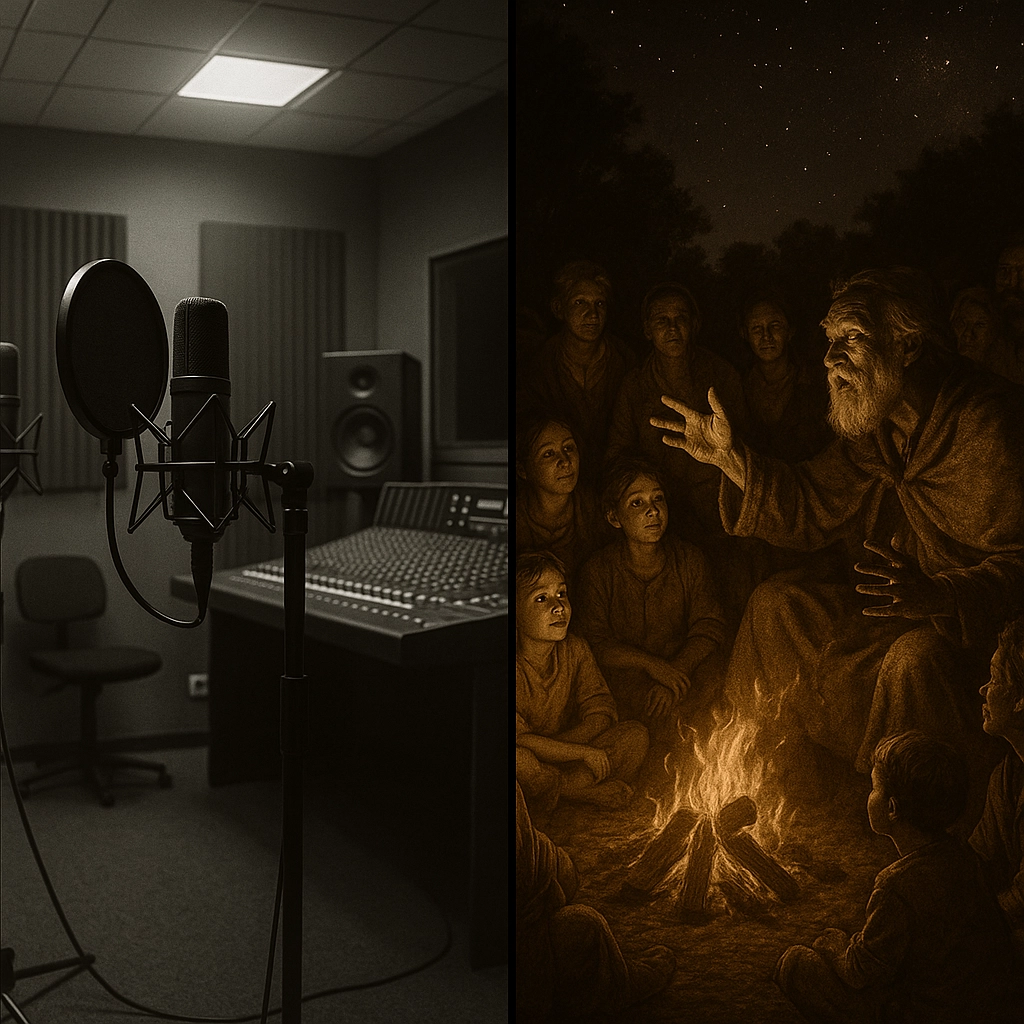
How to Fix It: Recognize oral traditions as living performances that engage all the senses and emotions. Document the entire performance ecosystem: the physical setting, the relationship between performer and audience, the seasonal or ceremonial timing, and the cultural protocols that govern the sharing. Train preservation teams to observe and record not just content, but context: understanding that a prayer shared in a sacred space carries different weight than the same words spoken in a recording studio.
Mistake 4: Underestimating Community Wisdom and Collective Memory
Modern preservation efforts often work with individual knowledge holders in isolation, missing the crucial role that communities play as living guardians of accuracy and authenticity. In traditional societies, community members serve as active participants in oral performances, interrupting when they detect errors and contributing their own knowledge to maintain the integrity of shared stories and teachings.
How to Fix It: Engage entire communities in preservation efforts, recognizing that collective memory often proves more reliable than individual recollection. Create opportunities for group storytelling sessions where multiple knowledge holders can contribute, correct, and validate each other's memories. Understand that community members aren't passive recipients of oral traditions: they're active custodians who share responsibility for maintaining accuracy and cultural authenticity.
Mistake 5: Confusing Natural Evolution with Cultural Loss
Stories, proverbs, and traditional teachings naturally evolve with each transmission, adapting to new circumstances while maintaining their core wisdom. This organic process of change often gets mistaken for degradation or loss of authenticity, leading to preservation efforts that try to freeze traditions in artificial states of supposed "purity."
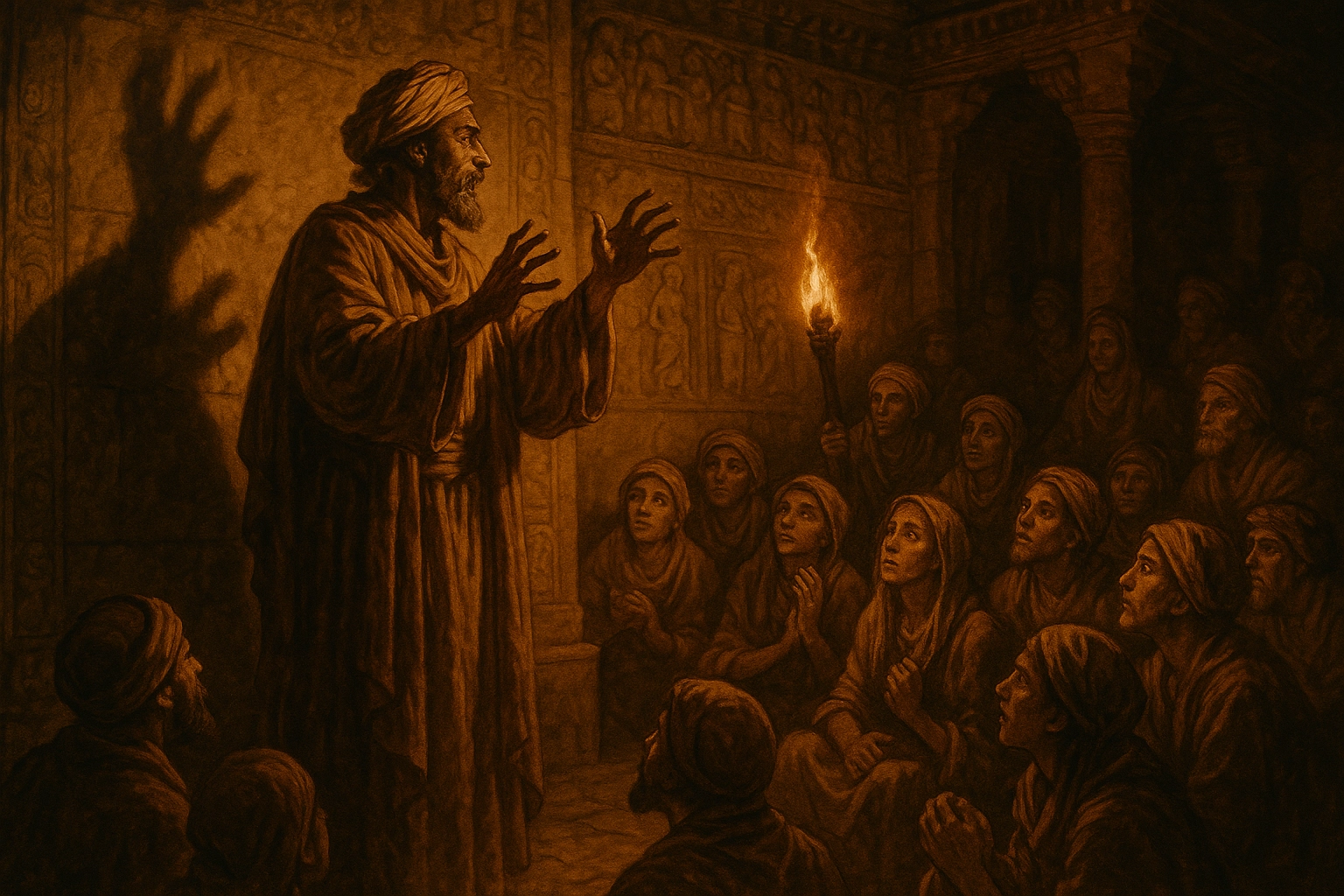
How to Fix It: Learn to distinguish between meaningful adaptation that helps traditions remain relevant and genuine loss of essential knowledge. Focus preservation efforts on maintaining the core meanings, values, and functions of oral traditions rather than demanding word-for-word accuracy. Document the natural evolution of traditions over time, understanding that this flexibility has allowed them to survive across generations and changing circumstances. Support the wisdom keepers in understanding when adaptation serves the tradition's higher purposes.
Mistake 6: Overlooking Traditional Memory Techniques and Wisdom Systems
Oral cultures have developed sophisticated memory systems over thousands of years: rhythmic speech patterns, mnemonic devices, alliteration, repetition, and formulaic compositions that make errors detectable through internal examination. When modern preservation efforts impose contemporary memorization techniques or digital storage as primary methods, they often abandon these time-tested approaches that have successfully maintained accuracy across generations.
How to Fix It: Study and document the specific memory techniques embedded within each oral tradition. Learn how traditional practitioners use rhythm, melody, physical movement, and linguistic patterns to ensure accurate transmission. Train new knowledge holders in these ancestral methods, recognizing that they often prove more effective than modern techniques for preserving specific cultural content. Honor the wisdom of traditional educational systems that have successfully transmitted complex knowledge for centuries without written support.
Mistake 7: Missing the Interconnected Web of Cultural Knowledge
Oral traditions don't exist in isolation: they form complex, interconnected systems where stories support songs, ceremonies reinforce teachings, and practical knowledge connects to spiritual wisdom. When preservation efforts focus on individual traditions without understanding these relationships, they risk breaking the cultural ecosystem that keeps all traditions strong and meaningful.
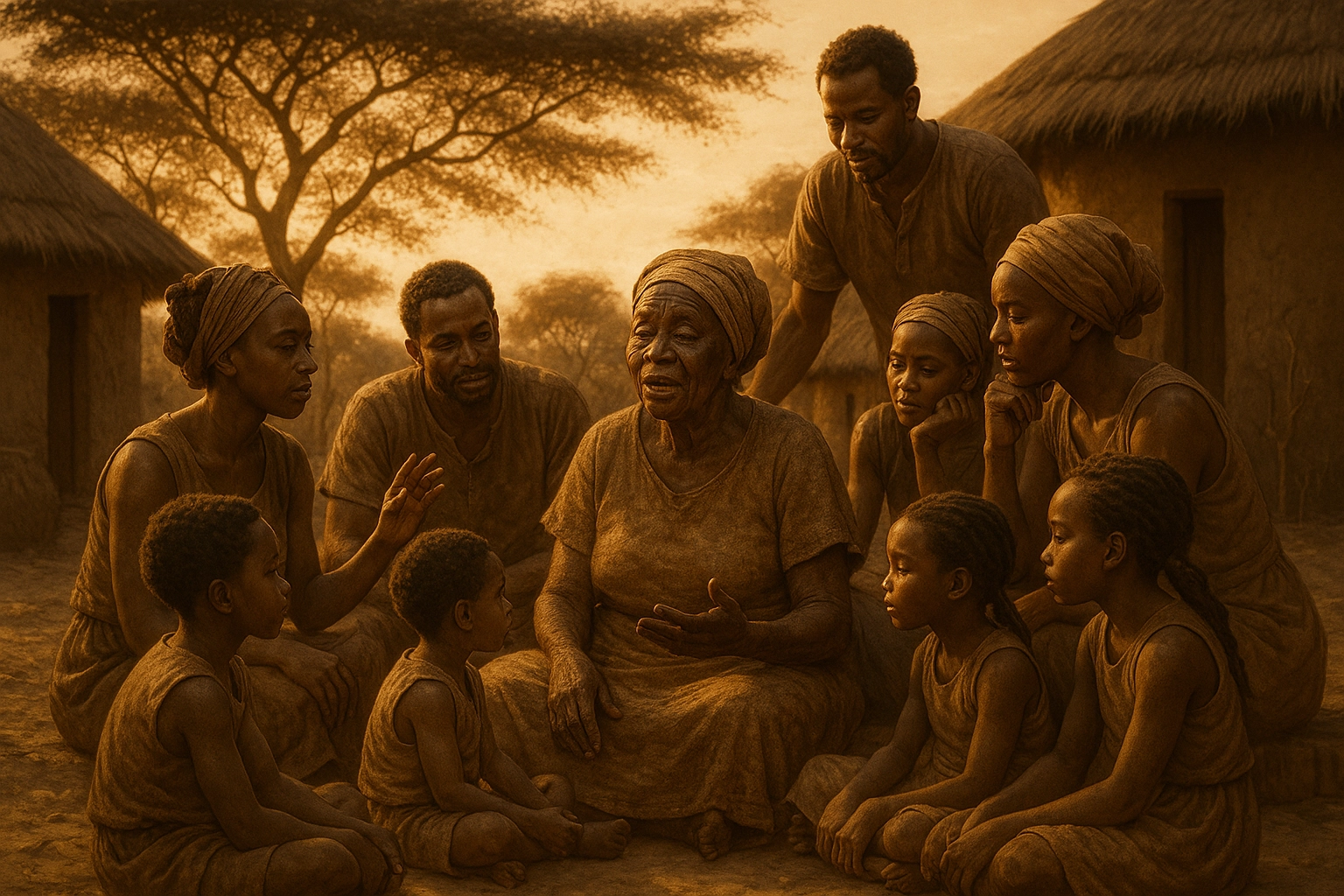
How to Fix It: Take a holistic approach that recognizes how different traditions support and strengthen each other within cultural systems. When working to preserve one type of oral tradition, identify and nurture the related practices that help maintain its broader cultural context. Understand that preserving a healing song might require supporting the ceremonies where it's traditionally performed, the stories that explain its origins, and the community relationships that give it meaning. Support cultural ecosystems, not just individual traditions.
Embracing Our Role as Cultural Guardians
These mistakes often stem from genuine desire to preserve our heritage, but they reflect incomplete understanding of how oral traditions truly function and thrive. By recognizing these patterns and implementing culturally sensitive approaches, we transform from well-meaning collectors into true guardians of ancestral wisdom.
The most effective preservation happens when we support traditions in their natural contexts, honor the communities that maintain them, and understand our role as facilitators rather than owners of cultural knowledge. Our elders entrusted us with these treasures not to lock them away in digital vaults, but to ensure they continue serving their sacred purposes: guiding, healing, teaching, and connecting us across generations.
When we avoid these common mistakes, we create space for oral traditions to continue their ancient work of preserving not just information, but the wisdom, values, and spiritual connections that make us who we are. In doing so, we honor both our ancestors who preserved these gifts for us and the future generations who will inherit them from our hands.
Through platforms like Ejiogbe Voices, we can bridge traditional preservation wisdom with modern technology, ensuring that our ancestral voices remain accessible while honoring the sacred contexts that give them meaning and power.
